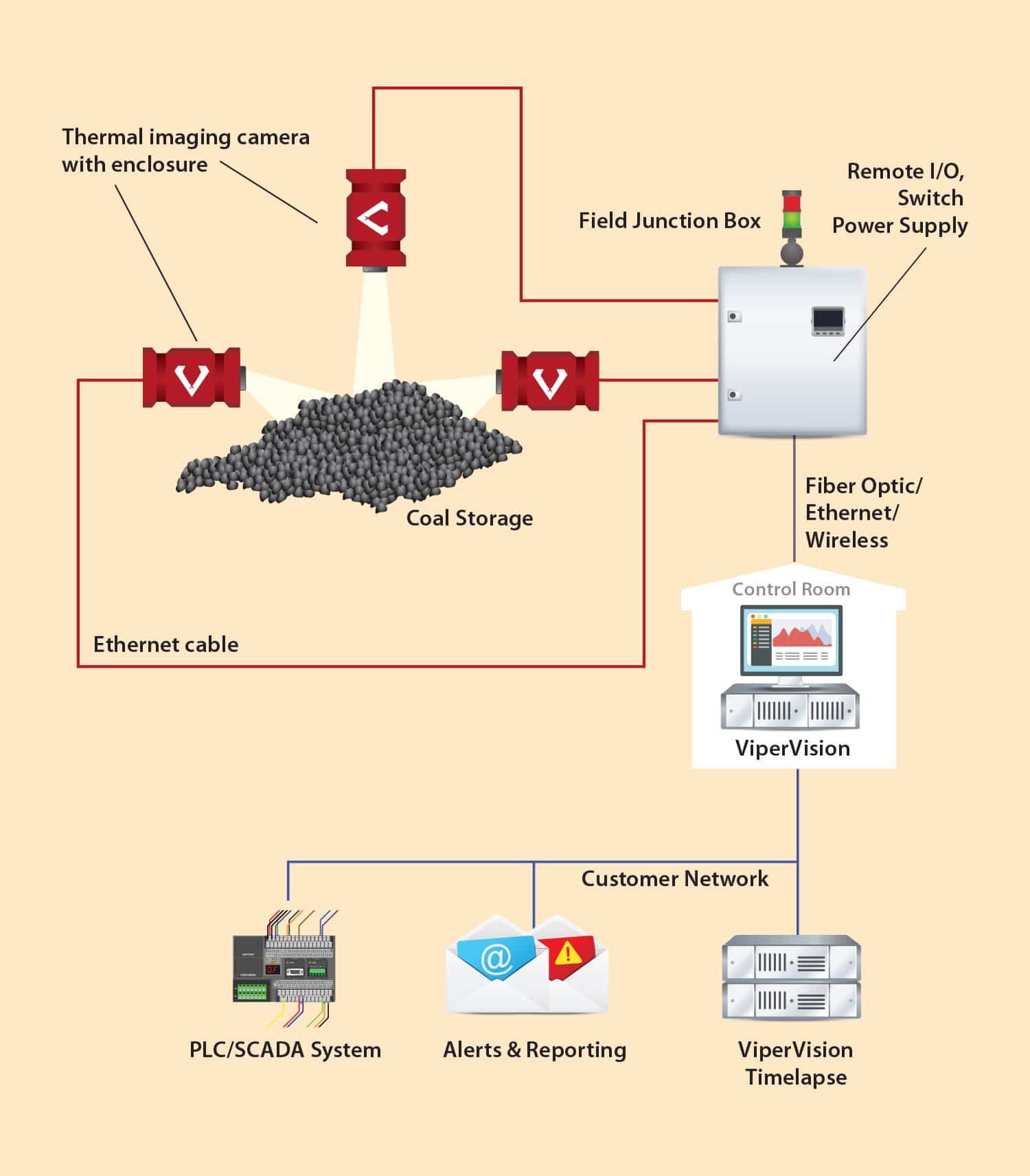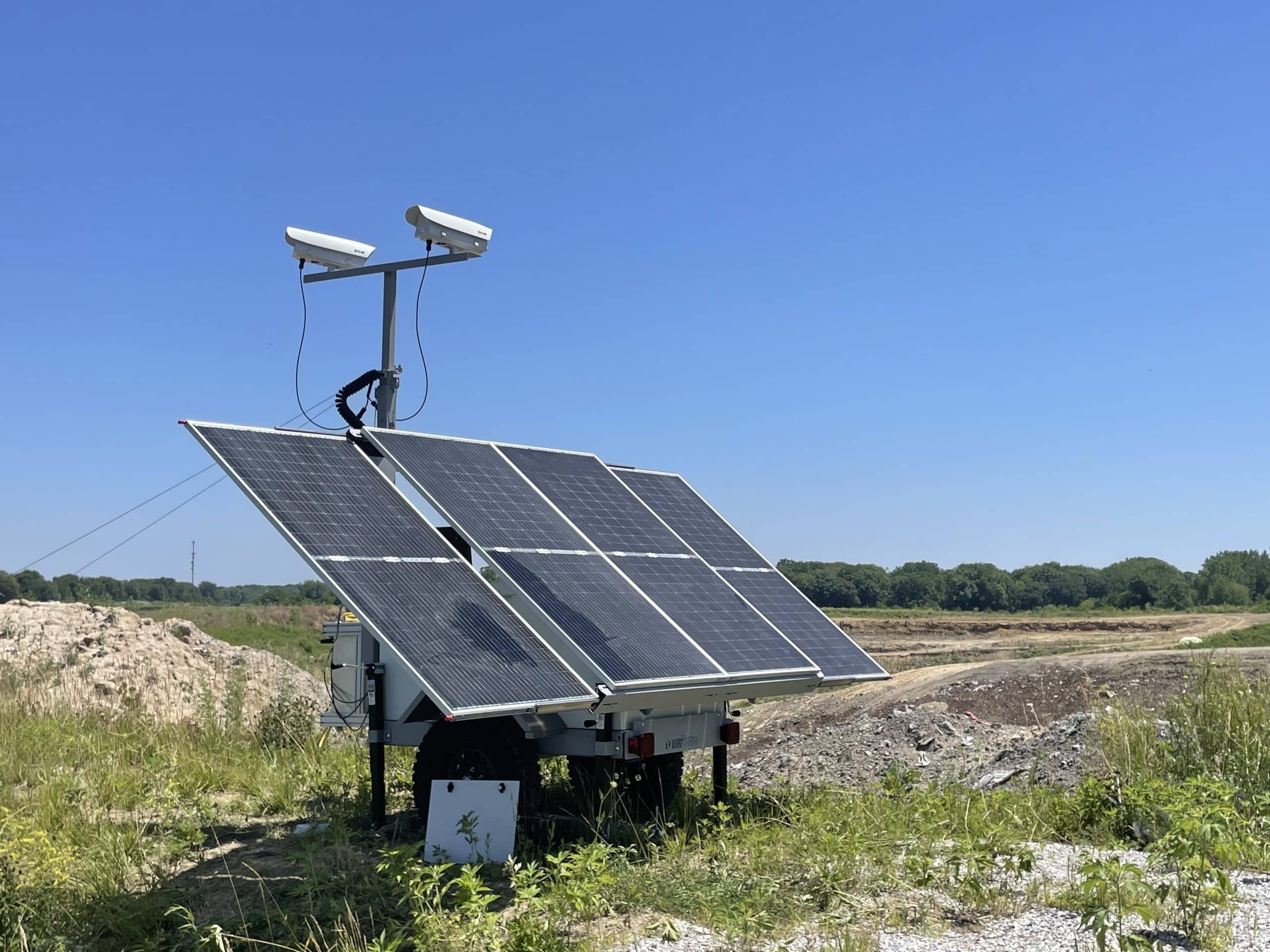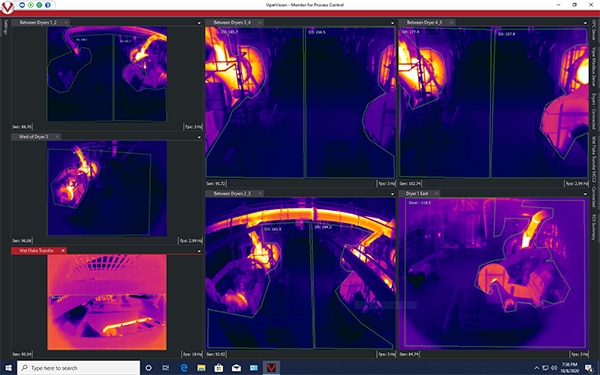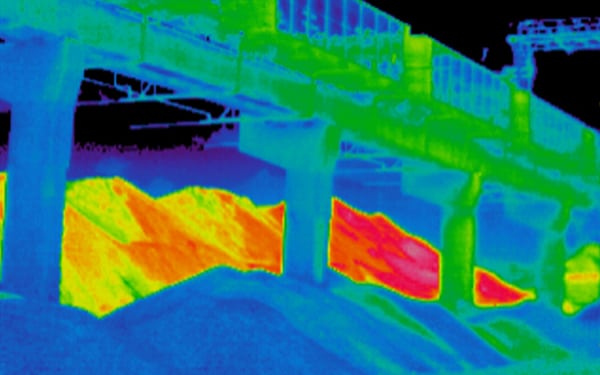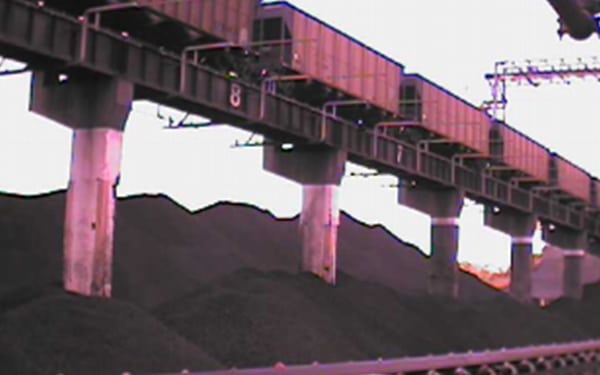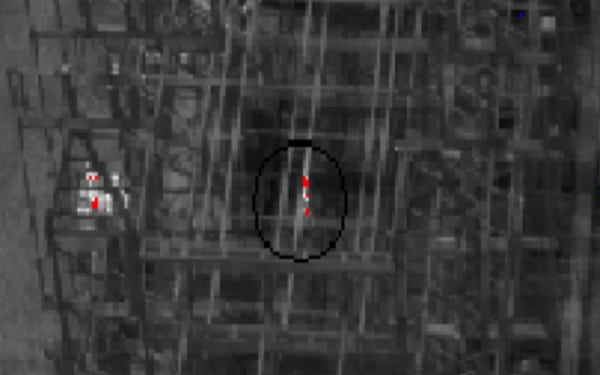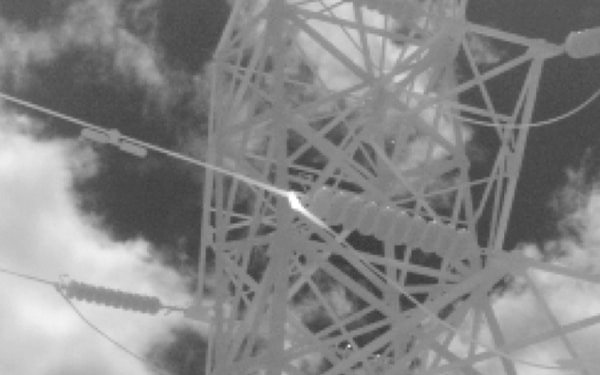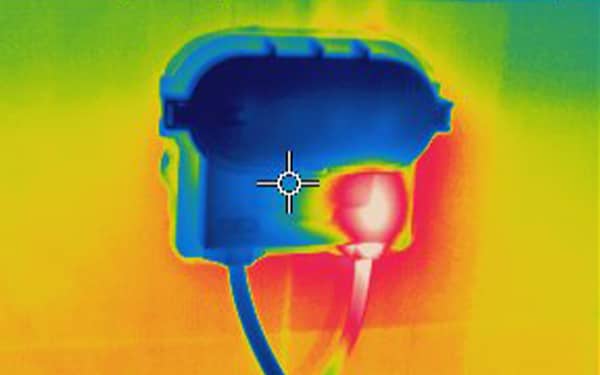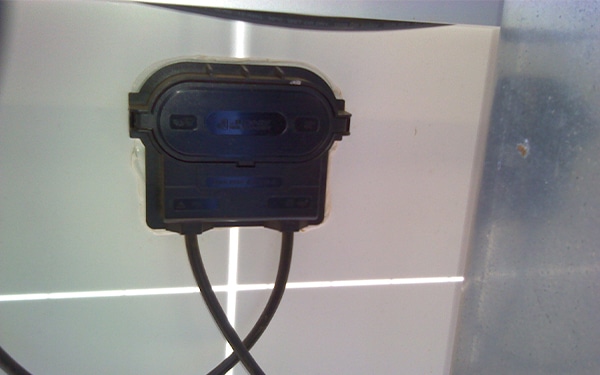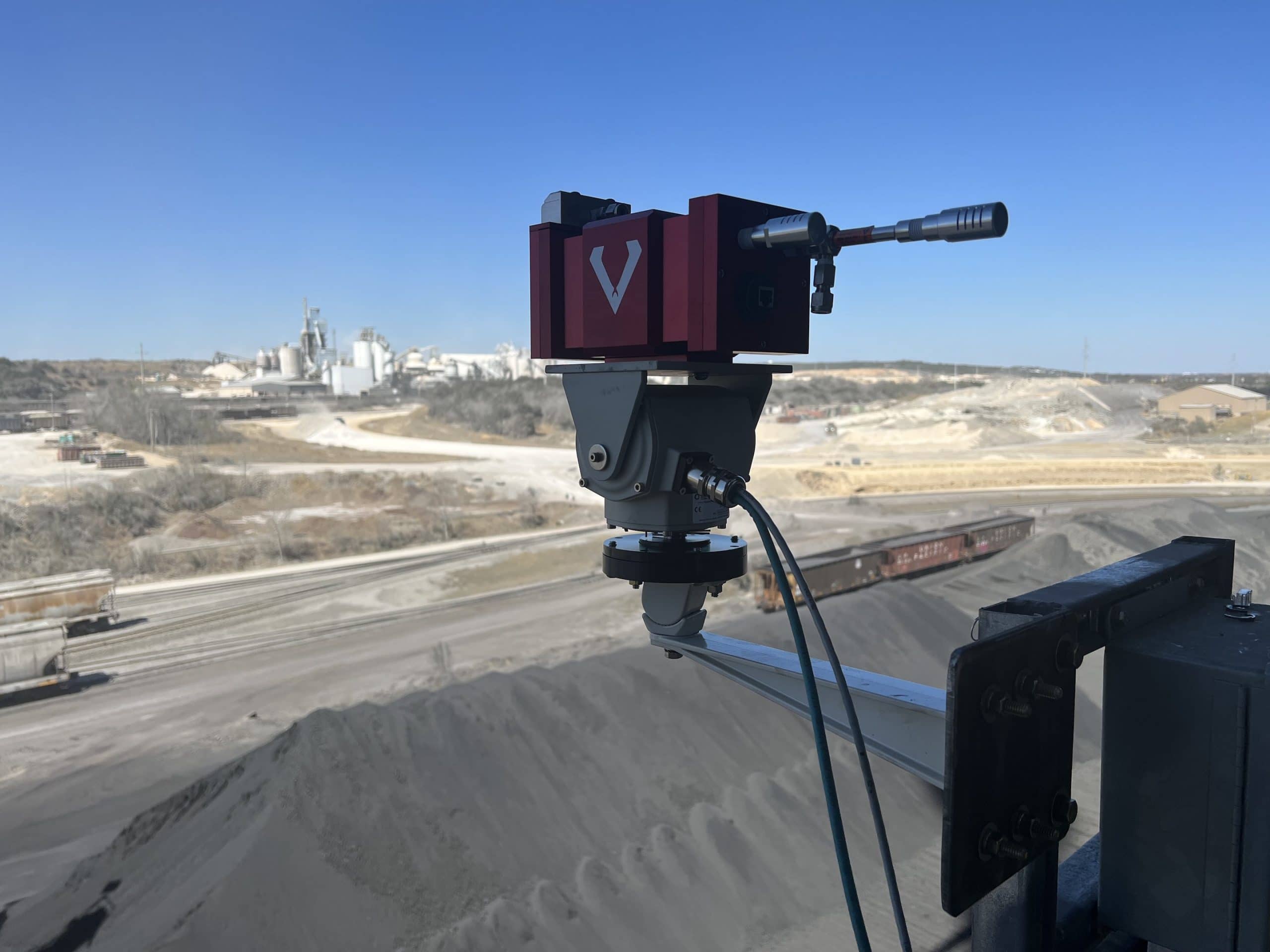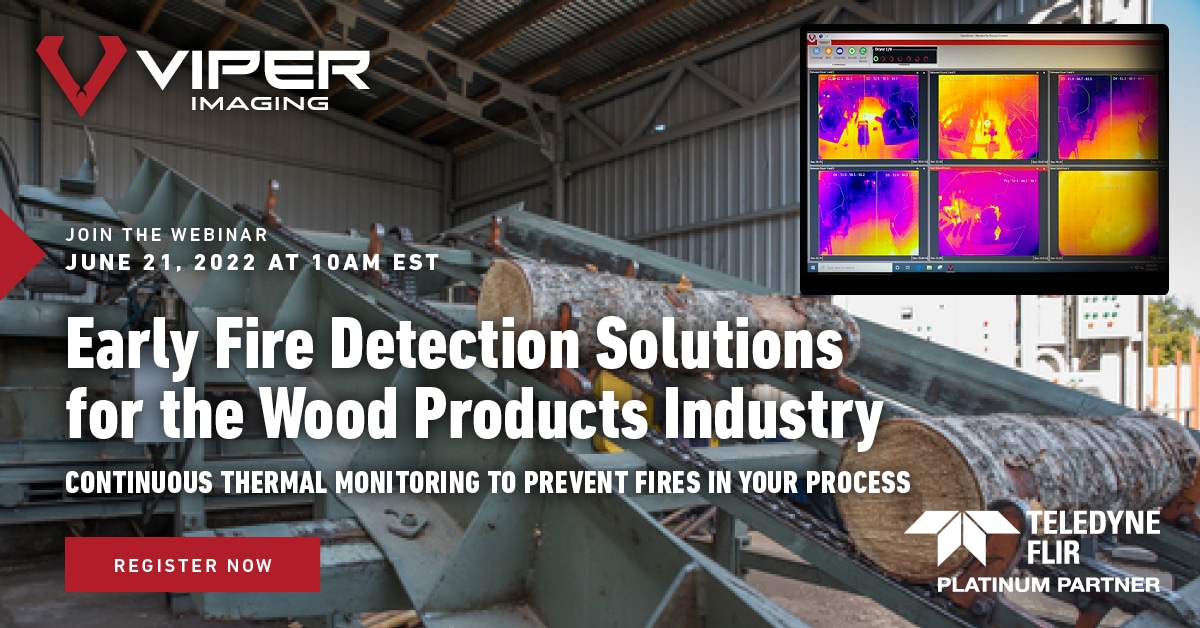Many types of material are exothermic without exposure to an external stimulus. The internal temperature of the material can increase to the point where it begins to burn spontaneously. The resulting fire and intense heat can ignite nearby material. If not caught in time, an entire warehouse or storage area and the product contained in it can be destroyed.
Although warehouses and storage areas are equipped with fire alarms and fire-fighting systems, these systems only initiate when a fire already exists. Thermal imaging helps to detect hot spots before a fire occurs so that the necessary measures can be taken.
Use Case Examples: Viper Imaging Early Fire Detection Systems
Bulk storage of any combustible materials presents a fire risk in many large storage areas such as waste bunkers, wood or paper stockpiles, battery storage, as well as cement and coal storage yards. Self-ignition usually starts within the bottom layers of a stockpile due to temperature increases in the material. By continuously monitoring the surface layers, hot spots can be detected at an early stage and action can be taken for fire prevention.
Fire prevention is key to landfill management. Effective management includes fire suppression technology, monitoring potential fire sources, and having the necessary tools to manage a fire readily available. To prevent fires, FEMA and the US Fire Administration recommend landfill management, methane gas detection and collection, and compacting.
More complex than extinguishing surface fires are subsurface fires – which often start from spontaneous combustion. Continuous monitoring of surface temperature with infrared cameras identifies hot spots quickly.
A conveyor belt system is used to transport coal to the boilers. During transport the chance of spontaneous combustion is even higher than in storage facilities where the coal lies still. When the bituminous coal ignites, the fire puts plant personnel in danger, will likely destroy part of the conveyor system, and cause power generation to come to a complete stop.
Industrial laundry facilities need to monitor piles or bins. Combustible fabrics plus the potential for flammable contaminants pose a significant risk of fire. By continuously monitoring the surface layers, hot spots can be detected at an early stage and action can be taken for fire prevention.
FLIR-Viper Webinar
With the record demands on this industry combined with higher insurance rates and a premium on uptime, it’s crucial to have constant monitoring to protect your people and resources from the damage caused by fire. Learn how our system adds another layer of safety to your facility and processes.
**Watch the presentation recording on YouTube**
System Solution Components
FLIR cameras are integrated with the ViperVision software which directly communicates with most industrial platform controllers. The software will analyze and compare the data against predefined parameters and will trigger an alarm if warranted. These parameters can be adjusted based on the specific application needs.
Every thermal imaging camera is mounted in an industrial camera enclosure that uses the appropriate purge and pressurization to protect the camera equipment. Viper Imaging provides solutions for Class I and Class II environments that are Division 1 or 2.
Hardware as a Service (HaaS) | Lease | Purchase | Rental | |
Upfront costs | $ | $ | $$$ | $$ |
Monthly fee | Yes | Yes | N/A | Varies |
Equipment ownership | Viper | Viper initially, then transitions to Customer | Customer | Viper |
Contract term | 3-year (renewable) | 2, 3, or 5 year | Paid with order | Weekly or Monthly |
Annual on-site routine maintenance & calibration checks | Yes | Optional | Optional | N/A |
Quarterly service plan | Yes | Optional | Optional | N/A |
ViperVision software upgrades | Yes | Optional | Optional | N/A |
Critical spares in consignment | Yes | Optional | Optional | N/A |
Key Benefits

